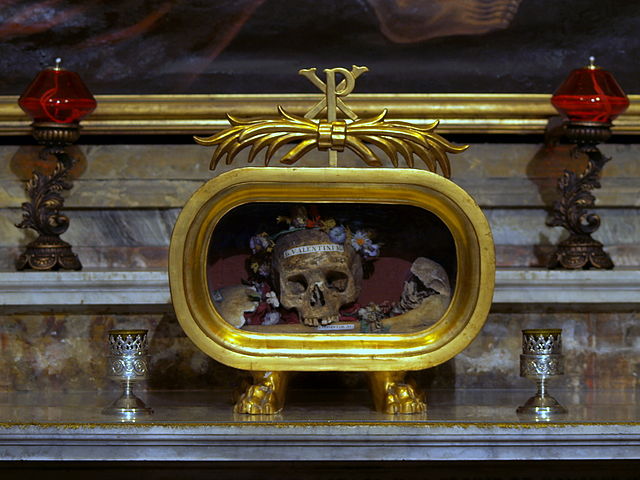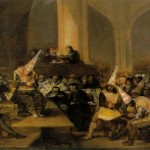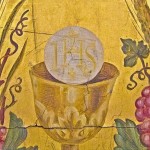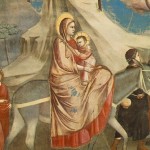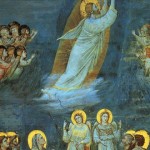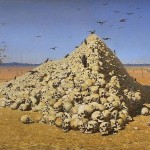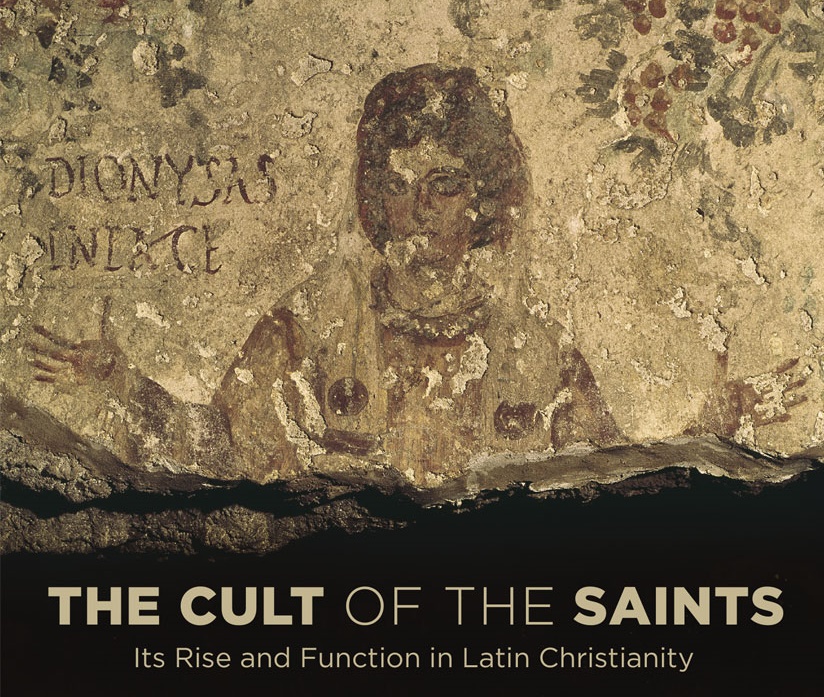
On this Valentine’s Day I’d like to remind you that Catholicism is creepy.
Yesterday afternoon I administered a midterm on ancient philosophy as a substitute to a class of about thirty college students. Everything seemed to go fine for the first five minutes. Suddenly a guy walks in with a bleeding finger and says, “My bandage fell off,” and flashes me a finger slashed straight down the middle, bleeding. Calmly, knowing this is clearly some dirty undergraduate trick I said, “That’s fine. Here’s the exam.”
He sat down and tried to write. A few minutes later he got up and went to the bathroom to, I presume, wash off his increasingly bloody hands. He came back, sat down, tried to write again for a minute. He then picked up his exam, threw it down on my desk, mumbled something about “painkillers” and left to never return again.
This was probably the most admirable, creepy, and I must admit, successful attempt to get out of taking an exam. Did he stick his hand in a tank of piranhas, or did he take a steak knife to it? I’ll never know.
But being a Catholic I’m always read and expecting to see the creepy, even on Valentine’s Day.
We don’t exactly know who St. Valentine might have been. Generally, Valentine is thought to have been martyred by beheading by some Roman emperor or other for marrying Christians. There might have been two Valentines whose stories were conflated. There might not have been a St. Valentine at all. There might have been one St. Valentine. What you see in the picture above are the purported remains of St. Valentine from Santa Maria in Cosmedin in Rome.
We often forget there is a relic below the altar in each and every Catholic church around the world.
Peter Brown has built a career around reminding us how relics became so central to Western Christianity, in effect, Catholicism. He’s written about this in books such as Society and the Holy in Late Antiquity, also The Rise of Western Christendom: Triumph and Diversity, but most notably in his Haskell Lectures on the History of Religions The Cult of the Saints: Its Rise and Function in Latin Christianity.
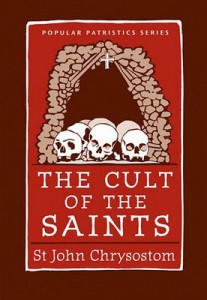
If you want creepy then look no further then the first sentence of The Cult of the Saints:
This book is about the joining of Heaven and Earth, and the role, in this joining, of dead human beings.
The next paragraph describes the current state of scholarship around this bony pivot:
The cult of saints, as it emerged in late antiquity, became part and parcel of the succeeding millennium of Christian history to such an extent that we tend to take its elaboration for granted. Its origin has received a certain amount of attention and, given the tantalizing state of the evidence, both literary and archaeological, it is likely to continue to do so.
Yet, Brown thinks the revolutionary implications buried in the bones deserve much more attention:
But the full implications of what it meant to contemporaries to join Heaven and Earth at the grave of a dead human being has not been explored as fully as it deserves. For to do that was to break barriers that existed in the back of the minds of Mediterranean men for a thousand years, and to join categories and places that had been usually meticulously contrasted.
I would suggest the shock of viewing material human remains as the hinge to heaven is just as shocking for our postmodern minds as it was for the minds of Late Antiquity.
Yet, there is something postmodern (or perhaps Rahnerian?) about the connections Chrysostom makes with philosophy and the Old Testament in the following passage from his The Cult of the Saints:
For while gold never drove away disease nor put death to flight, martyrs’ bones have effected both these things, the one in the time of our fore-fathers, the other even in our own time. And concerning these matters, not just we, but also those who were righteous before Christ’s coming know precisely how to think philosophically, seeing that at the time when everyone was exiting Egypt and took away gold, some silver, Moses took Joseph’s bones and brought them instead of any wealth, carrying home with him a very substantial treasure full of countless blessings.
After all, healing, grace, love and salvation sometimes take on an aspect of death. Who said all those things can’t be a bit scary? Aren’t all of them a bit scary at first, if not always?
As Rilke said in the First Duino Elegy (best quoted out of context for now–I shall return to it later):
Every angel is terrifying.
If you want different types of Catholic creepy then there are also posts about Mary’s hymen and Christ’s genitalia.
For things that seem creepy, or at least odd, to late-modern ears: Here’s a list of the best and latest books on heaven and hell.
Finally for the lovers of the curious and curious lovers here’s the answer to the question “What does love know?” and also a meditation on philosophy forgetting the love in its name.

